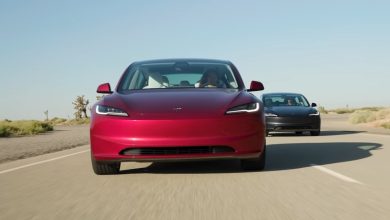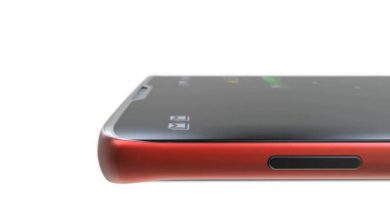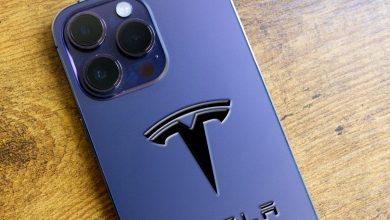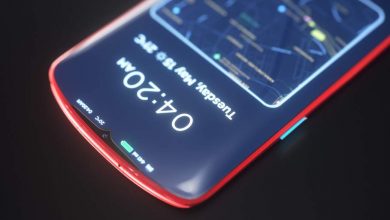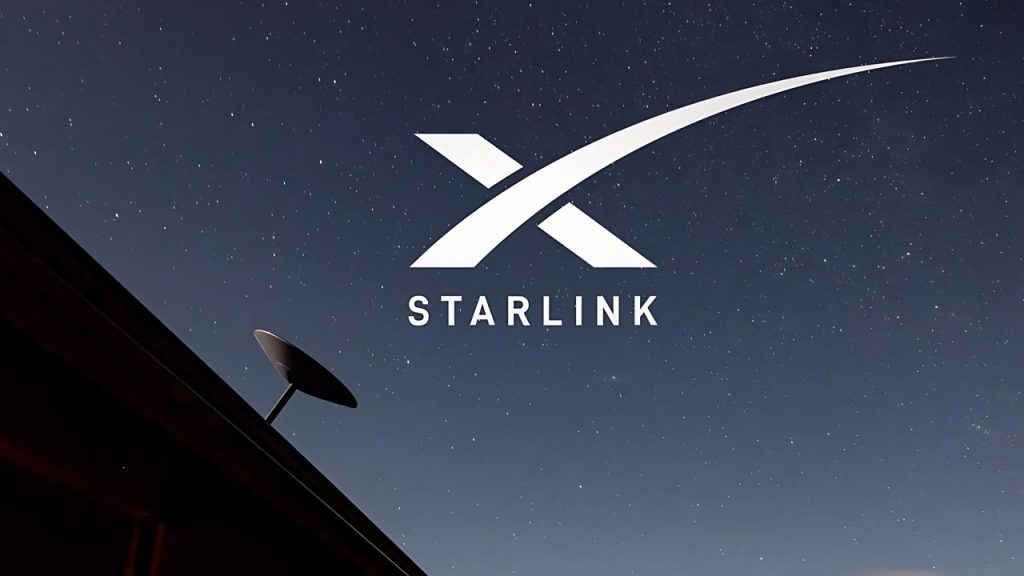
If everything goes according to plan, SpaceX’s Starlink satellite network will begin providing service directly to smartphones the following year. At a live stream event held at SpaceX’s Starbase facility in South Texas on Thursday night, August 25, Elon Musk and T-Mobile President and CEO Mike Sievert unveiled the strategy. Coverage Above and Beyond, a joint venture between the two businesses, seeks to give T-Mobile consumers smartphone connectivity virtually everywhere.
According to Musk, this “truly is a big game shift.” In a nutshell, there are no longer any dead zones. Many dead zones in the contemporary environment are isolated areas far from cell towers where smartphone users cannot receive a signal. In fact, according to Sievert, there are 1.3 million square kilometers (500,000 square miles) of unserviced land in the United States.
By utilizing Starlink, the broadband mega constellation that SpaceX is constructing in low Earth orbit, Coverage Above and Beyond hopes to find a solution. The corporation has launched a total of more than 3,000 Starlink satellites to date, but they need to be capable of performing the newly announced task; Covering Above and Beyond will require Starlink Version 2, which is anticipated to launch next year.
Elon Musk SpaceX launches first Starlink CCellphoneService.
Version 2 craft will be 23 feet (7 meters) long and weigh 1.25 tons (1,130 kg), as opposed to the present Starlink satellites’ about 660 pounds (300 kg) weight. That is so large that SpaceX will have to launch them using its massive, cutting-edge vehicle, Starship, as opposed to its workhorse Falcon 9. (Musk did suggest, though, that if Starship’s development is considerably postponed, SpaceX may build an interim, Falcon 9-compatible “small” Version 2.)
However, because delivering Coverage Above and Beyond is such a complex operation, Musk claimed SpaceX would need to boost Version 2 vessels even more and equip each one with a unique antenna of roughly 16.5 feet (5 m) on a side. They are the most sophisticated phased-array antennas, according to Musk.
He continued, “The antennas must be quite sophisticated because they have to pick up a very modest signal from your cellphone.” “You can also assume that the signal needs to travel 500 miles (800 km) before being picked up by a satellite that is moving at a speed of 17,000 miles (27,350 km) per hour.
Additionally, the satellite must make up for the Doppler effect due to its rapid movement. Thus, this presents a technical issue that is exceedingly challenging. But it’s functioning in the lab, and we’re sure it will work in the real world.”
Can you use Starlink for phone calls?
Starlink satellites with direct-to-cell phone capabilities enable ubiquitous access to texting, calling, and browsing wherever you may be on land, lakes, or coastal waters. Direct to Cell will also connect IoT devices with common LTE standards
Will Starlink Function on Mobile Devices?
Currently, Starlink is envisioned as a non-mobile internet service provider. Both families and businesses can access the internet through its satellite dishes, designed to remain stationary. This implies that you can use your mobile device to connect to your Starlink network, but only while using wifi near your router. Starlink cannot be used for travel, at least not yet.
In the future, Elon Musk wants Starlink to be more mobile, according to him. This is not now achievable because SpaceX has only launched a small portion of its planned satellites, leaving coverage somewhat patchy and limited. However, as Starlink’s reach expands, this desire may come true.
After expanding Starlink’s coverage, Elon Musk wants to install Starlink terminals on airplanes, ships, and recreational vehicles. You could connect to your cell phone using Starlink internet access while traveling, flying, or overseas. Sadly, this will only currently function on larger cars because getting the equipment onto smaller ones will be impractical.
Other satellite internet service providers couldn’t offer this mobile service since they must be set up precisely to ensure a strong connection with a single satellite in orbit. Moving of any kind would sever the link.
Two benefits of Starlink will enable this. First off, Starlink connects to a network of thousands of interconnected satellites rather than a single satellite. Second, Starlink dishes include internal motors that recognize signals and automatically correct them for a stronger connection. This suggests that a fully mobile Starlink system is highly likely.
